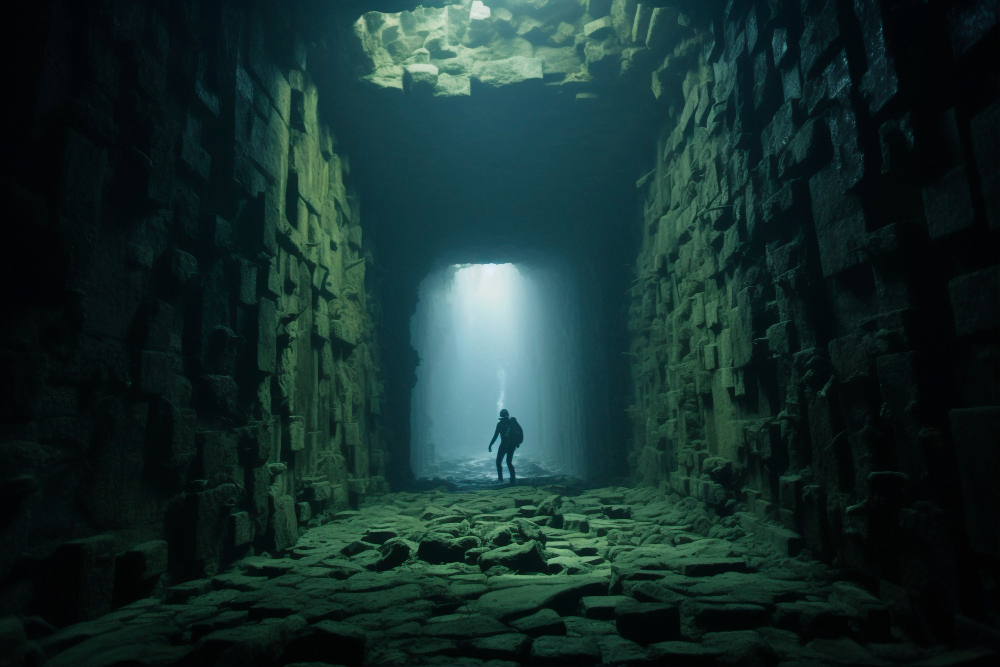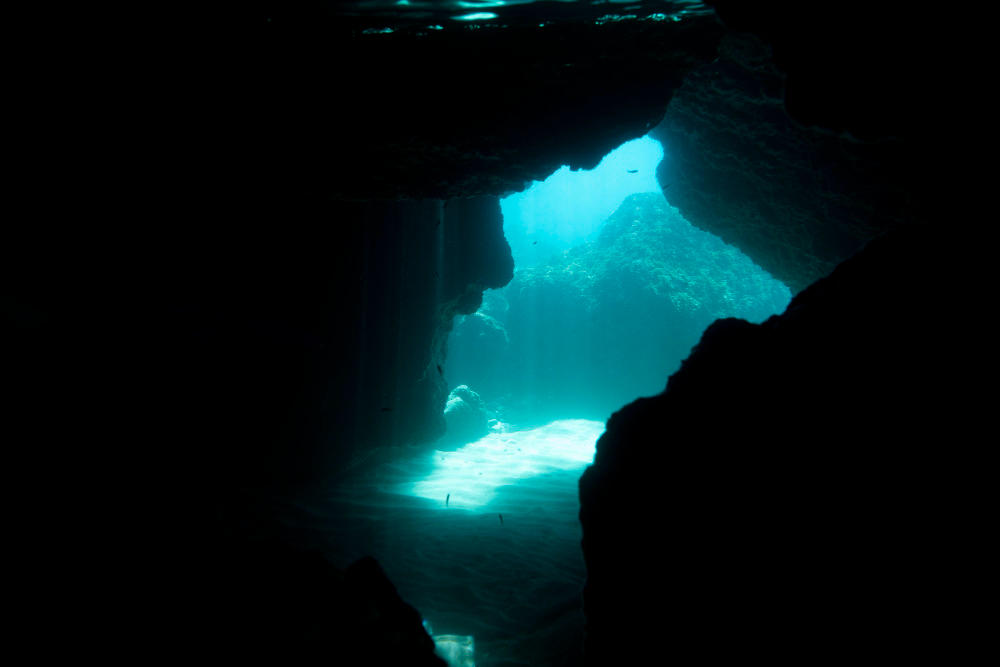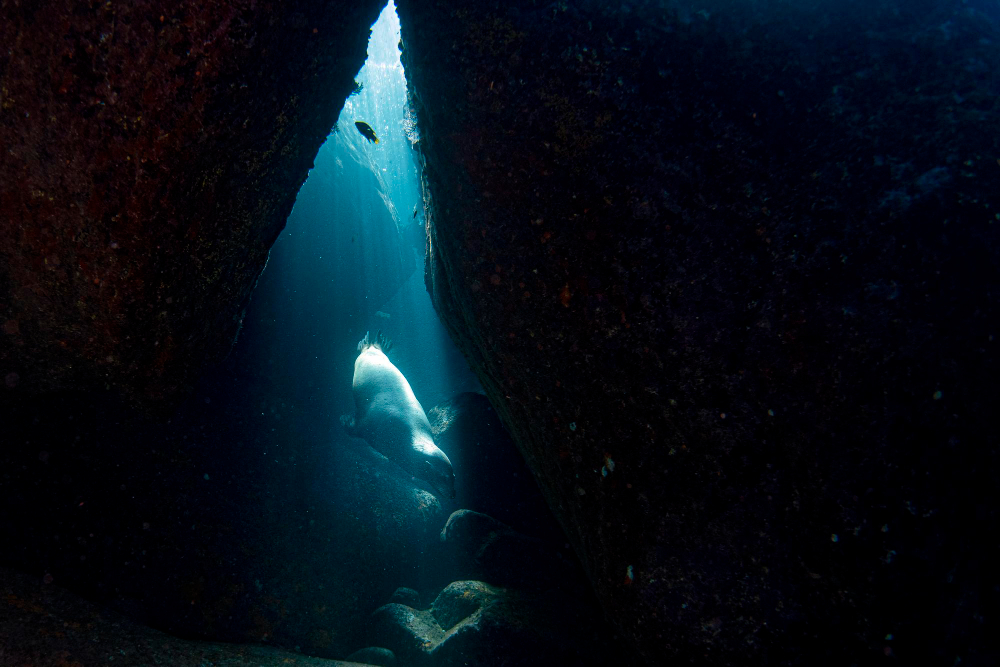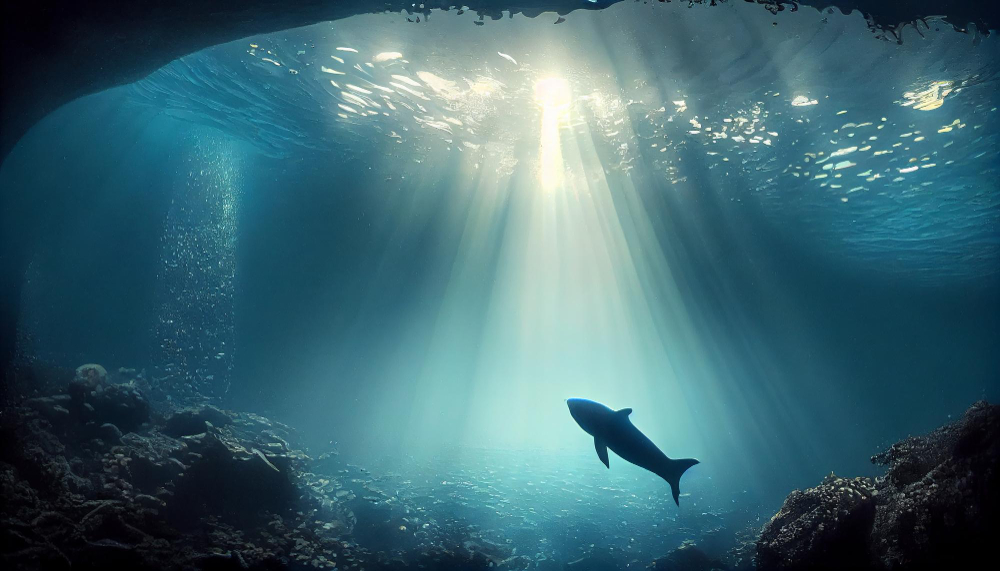Unveiling the Depths: Navigating the World of Side Scan Sonar in the UK
- 1 Understanding Side Scan Sonar: A Technological Marvel
- 2 Applications in Maritime Operations
- 2.1 1. Marine Archaeology
- 2.2 2. Fisheries and Marine Biology
- 2.3 3. Search and Rescue Operations
- 2.4 4. Underwater Infrastructure Inspection
- 2.5 5. Geological Surveys
- 3 Scientific Exploration and Research
- 3.1 1. Marine Geology and Geophysics
- 3.2 2. Seafloor Mapping and Bathymetry
- 3.3 3. Oceanographic Studies
- 3.4 4. Benthic Habitat Mapping
- 3.5 5. Environmental Monitoring and Impact Assessment
- 4 Defense and Security Applications
- 4.1 1. Underwater Mine Detection and Clearance
- 4.2 2. Submarine Detection and Tracking
- 4.3 3. Underwater Obstacle Detection
- 4.4 4. Search and Recovery Operations
- 4.5 5. Port and Harbor Security
- 5 Challenges and Innovations
- 5.1 1. Resolution and Image Quality
- 5.2 2. Signal Processing and Data Interpretation
- 5.3 3. Operational Limitations and Environmental Factors
- 5.4 4. Cost and Accessibility
- 5.5 5. Integration and Multisensor Fusion
- 6 Adherence to Regulations and Conservation Efforts
In the vast expanses of the ocean or the hidden depths of inland waterways, exploring underwater terrain poses challenges that conventional methods struggle to overcome. Enter side scan sonar, a cutting-edge technology revolutionizing underwater imaging and mapping. In the United Kingdom, where maritime activities, research, and safety are paramount, side scan sonar emerges as a game-changing tool with diverse applications.
Understanding Side Scan Sonar: A Technological Marvel
1. Principle of Operation:
At its core, side scan sonar operates on the principles of acoustic technology. It emits sound waves that travel through water and reflect off underwater objects. The returning echoes are then converted into detailed images, providing a comprehensive view of the seafloor or any submerged structures.
2. High-Resolution Imaging:
One of the critical strengths of side scan sonar is its ability to produce high-resolution images with incredible clarity. The detailed visuals enable operators to discern underwater features, locate objects, and map the topography of the seabed or riverbed.
Applications in Maritime Operations
1. Marine Archaeology
Side Scan Sonar plays a crucial role in marine archaeology by facilitating underwater cultural heritage discovery, documentation, and preservation. Archaeologists utilize Side Scan Sonar to survey large areas of the seafloor, enabling the detection of shipwrecks, submerged ruins, and artifacts without disturbing the fragile underwater environment. This technology provides detailed images that aid site mapping, allowing researchers to study ancient maritime trade routes, ship construction techniques, and historical events. Additionally, Side Scan Sonar assists in the identification of potential archaeological sites for further exploration and excavation.
2. Fisheries and Marine Biology
Side Scan Sonar is instrumental in fisheries research and marine biology studies, offering valuable insights into marine habitats, fish behavior, and population dynamics. Scientists utilize this technology to map underwater structures, identify fish aggregations, and assess the distribution of marine species. Side Scan Sonar aids in habitat mapping, allowing researchers to understand the relationship between underwater topography and species abundance. Furthermore, it enables monitoring of marine ecosystems, contributing to conservation efforts and sustainable fisheries management.
3. Search and Rescue Operations
Side Scan Sonar is crucial in search and rescue operations conducted in aquatic environments. Its ability to quickly scan large areas of water enables search teams to efficiently locate submerged objects, vehicles, or individuals. Search and rescue teams deploy Side Scan Sonar systems from vessels or remotely operated vehicles (ROVs) to survey underwater areas with high precision. The detailed images generated by Side Scan Sonar help rescuers identify potential targets and plan effective retrieval operations, improving the chances of successful outcomes in emergencies.
4. Underwater Infrastructure Inspection
Side Scan Sonar is widely used for inspecting and monitoring underwater infrastructure, including pipelines, cables, and offshore platforms. This technology enables operators to assess the condition of submerged structures, identify damage, corrosion, or other anomalies, and plan maintenance or repair activities accordingly. By conducting regular inspections using Side Scan Sonar, operators can detect potential issues early, minimize downtime, and ensure the integrity and safety of underwater installations. Moreover, Side Scan Sonar assists in environmental monitoring efforts, helping to prevent or mitigate the impact of underwater infrastructure on marine ecosystems.
5. Geological Surveys
Side Scan Sonar is employed in geological surveys to study seafloor topography, map underwater geological features, and investigate geological hazards. Geologists and oceanographers utilize this technology to explore submarine terrain, identify underwater landforms, and characterize sedimentary deposits. Side Scan Sonar enables the detecting of geological features such as submarine volcanoes, seamounts, and fault lines, providing valuable data for scientific research and natural resource exploration. Additionally, it contributes to understanding geological processes and the geodynamic evolution of ocean basins, enhancing our knowledge of Earth’s subsurface environment.
Scientific Exploration and Research
1. Marine Geology and Geophysics
Side Scan Sonar is vital in marine geology and geophysics research, allowing scientists to study the Earth’s subsurface beneath the ocean floor. Researchers gain insights into plate tectonics, seafloor spreading, and crustal deformation by using Side Scan Sonar to map the seafloor and detect geological features such as underwater volcanoes, seamounts, and faults. This technology aids in understanding the structure and composition of the oceanic crust and the processes shaping marine geology over geological timescales.
2. Seafloor Mapping and Bathymetry
Side Scan Sonar enables detailed seafloor mapping and precise underwater topography measurement, known as bathymetry. Scientists use Side Scan Sonar data to create high-resolution maps of the ocean floor, revealing submarine ridges, valleys, and other geomorphic features. Accurate bathymetric data obtained through Side Scan Sonar surveys are essential for various scientific purposes, including oceanographic research, marine resource management, and environmental monitoring.
3. Oceanographic Studies
Side Scan Sonar contributes to oceanographic studies by providing detailed information about underwater currents, sediment transport, and seafloor morphology. Researchers use Side Scan Sonar to investigate coastal processes like erosion and sediment deposition and monitor submarine features like underwater dunes and channels. This technology aids in understanding the complex interactions between physical oceanography, marine geology, and coastal dynamics, enhancing our knowledge of aquatic environments and their role in global climate systems.
4. Benthic Habitat Mapping
Side Scan Sonar is instrumental in mapping benthic habitats, including seabed habitats and associated biological communities. By surveying the seafloor with Side Scan Sonar, scientists can identify different types of benthic habitats, such as coral reefs, seagrass beds, and rocky outcrops, and assess their spatial distribution and ecological characteristics. This information is crucial for habitat conservation, marine spatial planning, and the sustainable management of marine resources.
5. Environmental Monitoring and Impact Assessment
Side Scan Sonar is crucial in environmental monitoring and impact assessment studies, particularly in assessing the effects of human activities on marine ecosystems. Researchers use Side Scan Sonar to detect and monitor underwater structures, such as artificial reefs, shipwrecks, and marine debris, and evaluate their ecological significance and potential environmental impacts. This technology aids in identifying areas of environmental concern, monitoring changes in underwater habitats over time, and informing decision-making processes related to marine conservation and management.
Defense and Security Applications
1. Underwater Mine Detection and Clearance
Side Scan Sonar is extensively used in defense and security operations for underwater mine detection and clearance. Naval forces deploy Side Scan Sonar systems onboard ships or specialized mine countermeasure vessels to survey coastal areas, harbors, and strategic waterways for the presence of naval mines. The high-resolution images generated by Side Scan Sonar enable the identification of potential mine threats, allowing for safe navigation and the implementation of clearance operations using remotely operated vehicles (ROVs) or diver teams.
2. Submarine Detection and Tracking
Side Scan Sonar is crucial in submarine detection and tracking operations of naval and maritime security forces. By scanning large areas of the seafloor, Side Scan Sonar systems can detect the presence of submarines or underwater vehicles hiding beneath the ocean’s surface. The real-time imaging capabilities of Side Scan Sonar enable operators to track submarine movements, gather intelligence, and maintain situational awareness in strategic maritime regions.
3. Underwater Obstacle Detection
Side Scan Sonar is utilized for underwater obstacle detection in defense and security applications, particularly in coastal zones and shallow-water environments. Military vessels equipped with Side Scan Sonar systems can identify underwater obstacles such as rocks, reefs, wreckage, and debris that pose navigation hazards to ships and submarines. By mapping underwater obstacles with Side Scan Sonar, naval forces can plan safe navigation routes and avoid potential collisions or damage to underwater assets.
4. Search and Recovery Operations
Side Scan Sonar is employed in defense and security search and recovery operations to locate and retrieve lost or submerged objects of interest, including aircraft wreckage, sunken vessels, and military equipment. Military divers, salvage teams, and underwater search units use Side Scan Sonar data to pinpoint the precise location of submerged targets, guide recovery efforts, and enhance mission effectiveness in challenging aquatic environments.
5. Port and Harbor Security
Side Scan Sonar technology is utilized for port and harbor security applications to safeguard critical maritime infrastructure, prevent illicit activities, and counter underwater threats. Port authorities and naval security agencies deploy Side Scan Sonar systems to conduct routine surveys of port areas, inspecting underwater structures such as piers, docks, and ship hulls for signs of unauthorized access, smuggling, or sabotage. Side Scan Sonar assists in identifying potential security vulnerabilities and enhancing the overall security posture of ports and harbors.
Challenges and Innovations
1. Resolution and Image Quality
One of the primary challenges in Side Scan Sonar technology is achieving high-resolution images with excellent quality. Improving resolution and image clarity is crucial for accurately identifying underwater objects, geological features, and marine life. Innovations in transducer design, signal processing algorithms, and imaging software aim to enhance resolution and image quality, enabling researchers and operators to obtain more detailed and precise data from Side Scan Sonar surveys.
2. Signal Processing and Data Interpretation
Signal processing and data interpretation pose significant challenges in Side Scan Sonar applications, particularly in complex underwater environments with varying seafloor conditions and acoustic properties. Innovations in signal processing techniques, such as adaptive beamforming and synthetic aperture sonar, help mitigate acoustic interference, noise, and signal attenuation issues. Advanced data interpretation algorithms and machine learning approaches are also being developed to automate object detection, classification, and mapping tasks, reducing operator workload and improving the accuracy of Side Scan Sonar analysis.
3. Operational Limitations and Environmental Factors
Side Scan Sonar operations face various operational limitations and environmental factors affecting survey efficiency and data quality. Challenges such as water depth, seabed composition, roughness, and underwater currents can impact Side Scan Sonar performance and result in incomplete or distorted image coverage. Innovations in sensor technology, platform stability, and survey planning software address these challenges by optimizing survey parameters, adapting to changing environmental conditions, and enhancing data collection capabilities in challenging marine environments.
4. Cost and Accessibility
Cost and accessibility remain significant challenges in the widespread adoption and deployment of Side Scan Sonar technology, particularly for smaller research organizations, academic institutions, and developing countries. Traditional Side Scan Sonar systems are often expensive to acquire, operate, and maintain, limiting many users’ access to advanced underwater imaging capabilities. Innovations in miniaturization, cost-effective sensor technologies, and open-source software solutions aim to address these challenges by reducing the overall cost of Side Scan Sonar systems and improving their accessibility to a broader user base.
5. Integration and Multisensor Fusion
Integrating Side Scan Sonar with other sensor technologies and data sources presents challenges in achieving seamless data fusion and interoperability for comprehensive underwater mapping and analysis. Innovations in multisensor integration, including the integration of Side Scan Sonar with bathymetric sensors, multibeam echosounders, and optical imaging systems, enable researchers to combine complementary data sources for enhanced underwater visualization, 3D reconstruction and environmental monitoring. Advanced data fusion techniques and interoperable data formats facilitate the integration of Side Scan Sonar data with other marine datasets, enabling interdisciplinary research and holistic ecosystem assessments
Adherence to Regulations and Conservation Efforts
1. Environmental Regulations and Guidelines
Side Scan Sonar operations are subject to environmental regulations and guidelines to minimize potential impacts on marine ecosystems and wildlife. Regulatory frameworks established by governmental agencies and international organizations outline protocols for conducting Side Scan Sonar surveys in environmentally sensitive areas, such as marine protected areas, coral reefs, and marine mammal habitats. Adherence to regulations involves obtaining permits, conducting environmental impact assessments, and implementing mitigation measures to minimize disturbance to marine life and habitats during Side Scan Sonar operations.
2. Marine Mammal Protection
Conservation efforts in Side Scan Sonar operations focus on minimizing potential impacts on marine mammals, including whales, dolphins, and seals, which are sensitive to underwater noise generated by sonar systems. To mitigate the risk of disturbing marine mammals, operators adhere to guidelines that recommend maintaining safe distances, reducing sound emissions, and implementing real-time monitoring protocols to detect the presence of marine mammals during Side Scan Sonar surveys. Conservation organizations and research institutions collaborate with industry stakeholders to develop best practices and innovative technologies for protecting marine mammals during underwater surveys.
3. Habitat Conservation and Restoration
Side Scan Sonar technology supports habitat conservation and restoration by providing valuable data for mapping and monitoring marine habitats, including coral reefs, seagrass beds, and mangrove forests. Conservation organizations and government agencies use Side Scan Sonar surveys to assess habitat health, identify degradation threats, and prioritize conservation initiatives in marine protected areas and coastal zones. Additionally, Side Scan Sonar data aid in habitat restoration projects by identifying suitable sites for habitat enhancement, such as artificial reef deployment and seagrass restoration, to support marine biodiversity and ecosystem resilience.
4. Cultural Heritage Preservation
Side Scan Sonar plays a role in cultural heritage preservation efforts by facilitating the discovery and documentation of underwater archaeological sites, shipwrecks, and submerged cultural artifacts. Conservation organizations, archaeologists, and government agencies collaborate to conduct Side Scan Sonar surveys in archaeological zones and historic shipwreck sites to map submerged cultural resources, assess their condition, and develop strategies for their protection and conservation. Preservation efforts involve promoting responsible diving practices, implementing site management plans, and raising public awareness about the cultural significance of underwater heritage sites.
5. Sustainable Resource Management
Side Scan Sonar contributes to sustainable resource management by providing data for assessing marine resource abundance, distribution, and ecosystem dynamics. Fisheries management authorities and research institutions utilize Side Scan Sonar surveys to map fishing grounds, identify fish habitats, and monitor fish populations for sustainable harvesting practices. By integrating Side Scan Sonar data with other environmental datasets, policymakers can make informed decisions about fisheries management, marine spatial planning, and conservation measures to ensure the long-term sustainability of marine resources and ecosystem services.




















